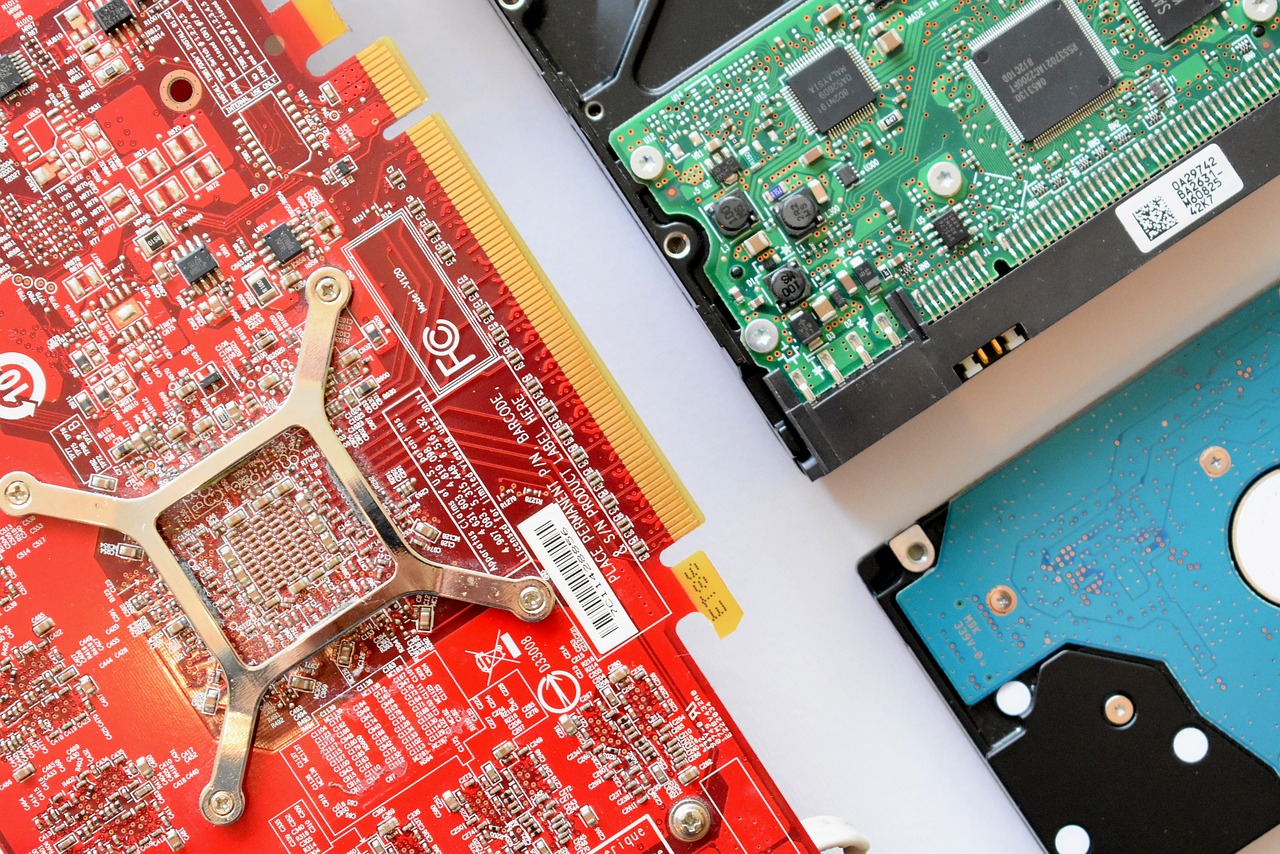
How Gases Are Used For Semiconductor Manufacturing
The semiconductor industry is a huge industry worldwide and continues to grow every year, which means the demand for high purity gases will grow alongside it.
Having a reliable supply of high purity gases is crucial to semiconductor manufacturing especially when it comes to advanced technologies like smartphones and self-driving cars for example.
The process of producing integrated circuits is complex and requires over 30 different gasses throughout all the stages which makes the range of gases used one of the broadest in any industry.
Gases are a big component of semiconductor manufacturing because gases can create the chemical reactions needed to shape a semiconductor’s electrical properties. Due to its complexity, the gases used need to be precise and accurate at every stage of the manufacturing process to configure the semiconductor properly.
As the semiconductor industry continues to grow and evolve, so do the gases used in the process. Some of the core gases used include nitrogen, oxygen, argon and hydrogen, which we’ll dive into to explain their roles within the manufacturing process.
Due to its availability and inert nature, nitrogen is a core gas used in various steps within the semiconductor manufacturing process, but it’s major use is during the purging stage. During this stage, nitrogen is used to flush out every channel and pipe network to remove any oxygen from the machines and tools, which will keep them free from other gases that could contaminate the process.
Additionally, because nitrogen is used abundantly throughout the process, most semiconductor plants keep a nitrogen generator on site. Even more so with production of high tech smartphones and other technology, it’s become imperative to keep costs low while trying to meet high demand.
You can say nitrogen is what keeps the tools, space and tubing clear of any potential moisture, chemical contaminants and particles. It’s an essential gas that is used throughout the entire process from start to finish, which is no wonder why they keep generators on site.
As you know, oxygen is an oxidizing agent, which makes it essential for creating deposition reactions. It’s used to grow silicon oxide layers which are used for various elements within the process, like diffusion masking for example.
When using oxygen gas for semiconductor manufacturing, the gas must be ultra-high purity to protect from any impurities, which can be detrimental to device production and performance.
During the etching process, oxygen is also used to remove any extra material scraps that were created. It can also be used to make any of those etching patterns permanent.
Lastly, oxygen also helps neutralize reactive gases through oxidation reactions that could potentially alter the quality of the product. So similarly to nitrogen, oxygen also helps ensure there isn’t any contamination going on.
Argon gas is used mainly during the deposition and etching process within the UV lithography lasers that are used to make even the smallest patterns on the semiconductor chips.
During the manufacturing of the silicon wafers that are needed, argon gas is used to protect the silicon crystals that are formed on the wafers from any potential reactions with oxygen and nitrogen during its growth at high temperatures.
Because argon is also a very inert gas, it is used to provide a non reactive environment for sputter deposition of metals. Sometimes nitrogen can be too reactive which can cause metal nitrides to form.
Additionally, liquid argon is used with tools to clean the smallest, most fragile chips.
Hydrogen
The use of Hydrogen in semiconductor manufacturing may increase due to higher demand. Specifically in the photolithography stage, hydrogen is used to react with the chemical tin, to create tin hydride. Tin hydride is needed so that it doesn’t accumulate on expensive optics.
It’s used during the deposition process for epitaxial deposition of silicon and silicon germanium and also to prepare the surface through an annealing process.
Hydrogen is used to create a new oxidized layer to modify an already present thin film. This process takes place in elevated pressure and temperature environments which means that control over flow rates, temperature and pressure is extremely important.
Additionally, hydrogen is also used in the doping stage to help control decomposition as the gases that are used for this process are extremely toxic. So much so that they require to be stored in equipment that will prevent leakage.
Diborane is also a chemical used in the doping process, but it will slowly decompose as it’s thermally unstable and thus requires hydrogen to help stabilize it.
Semiconductors in Everyday Life
Semiconductors are used in various everyday devices like computers, smartphones, tvs and is also used for advanced technology like medical equipment, military systems and many other applications.
They are a part of our daily lives that we don’t notice because they reside within the devices we use everyday. Without semiconductors we wouldn’t be able to do a lot of things and as semiconductor technology evolves, they become more reliable, smarter and more compact.
From communication, transportation and entertainment, these are only a small portion of what semiconductors do for us. They will power future technology and innovations that will allow us to do things we never imagined.
High Purity Gases
As a gas supplier for various industries, we also supply high-purity gases and mixtures to help you achieve your production goals. We pride ourselves on excellent customer service and have the rigorous quality controls to make sure that our gases always meet your standards.
When looking for a trusted gas supplier, we are here to help. For a free quote please call (562) 426-4017 or fill out our quote from today.
Sources:
https://www.appliedenergysystems.com/six-steps-successful-output-gas-deliverys-role-semiconductor-creation/
https://www.generon.com/using-nitrogen-gas-in-semiconductor-manufacturing-process/
https://siliconsemiconductor.net/article/106824/Invisible_Materials_On-site_Bulk_Gas_Supply_To_Semiconductor_And_Display_Fabs/feature
https://www.semiconductors.org/semiconductors-101/frequently-asked-questions/
https://www.linde-gas.com/en/images/Cryogas%20November%202015%20Shrinking%20Devices%2C%20Growing%20Demand%20-%20Meeting%20the%20Electronics%20Gas%20Challenge%20byv%20Anish%20Tolia_tcm17-253161.pdf

